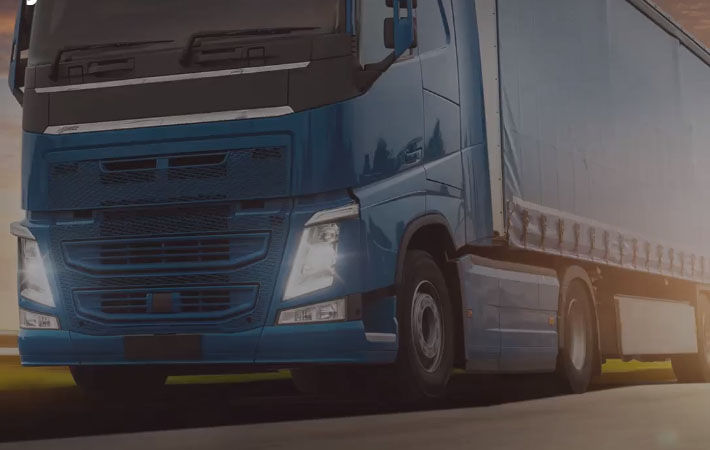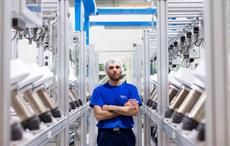Ebusco, developer of electric city and regional buses, has selected Telene composite parts for Ebusco 3.0 citybus PDCPD (Poly dicyclopentadiene) material of choice, for lightweight structural and durable composites parts. Telene, with Ebusco, has made two composite parts for the Ebusco 3.0 citybus. Telene is a pioneer in dicyclopentadiene-based formulation.
The first part supports the large rear window, while the second part is mounted on brackets allowing access to the electrical system. Ebusco recognised the necessity of a lightweight bus structure, and in close collaboration with, Pondus Operations developed the composite body in white for the Ebusco 3.0. Telene composites offered various advantages for its body panels. Two parts were selected to confirm benefits, such as increased productivity, robust mechanical properties and lower total cost of ownership, Telene said in a press release.Ebusco, developer of electric city and regional buses, has selected Telene composite parts for Ebusco 3.0 citybus PDCPD (Poly dicyclopentadiene) material of choice, for lightweight structural and durable composites parts. Telene, with Ebusco, has made two composite parts for the Ebusco 3.0 citybus. Telene is a pioneer in dicyclopentadiene-based formulation.#
HP-RTM with conventional matrix systems is considered an attractive production technology allowing for short cycle times (below five minutes) for complex composites parts. High pressure (60 – 150 bars) injection equipment is required for short injection times so as high tonnage presses with heavy and expensive moulds. Very low viscosity of Telene resin systems (10 mPa.s) achieve similar injection and cycle times, but at low injection pressures. Direct benefit is a significant threshold reduction, making fast-RTM technology accessible for electrical buses or vehicles produced in smaller series than typical automotive applications, according to Telene.
Ebusco 3.0 parts are roughly 2 metres wide and respectively 55 and 35 centimetres wide at a thickness of 3 millimetres. Injection time for these parts is less than 40 seconds at 60°C, (3 kg of resin) with pressures under ten bars. Cycle time is less than five minutes. This was achieved for the initial parts without any further optimisation. Post-cure is done at 130°C. These parts show superior damage tolerance, providing longer part life and reducing repair or replacement costs. Additional advantages are lower weight and no need for release agents. Lower density of Telene matrix when compared to epoxy and polyurethane results in lower part weight, Telene said.
Fibre2Fashion News Desk (GK)


